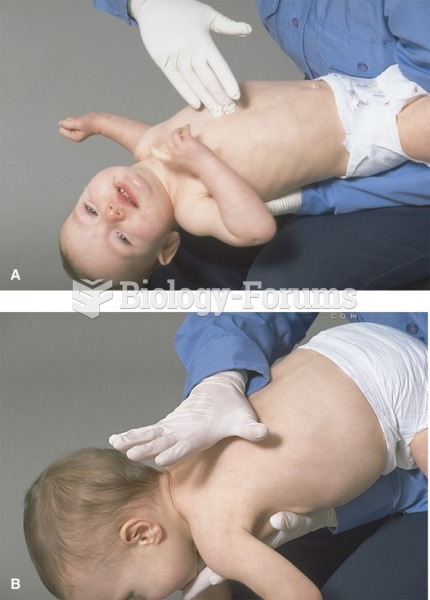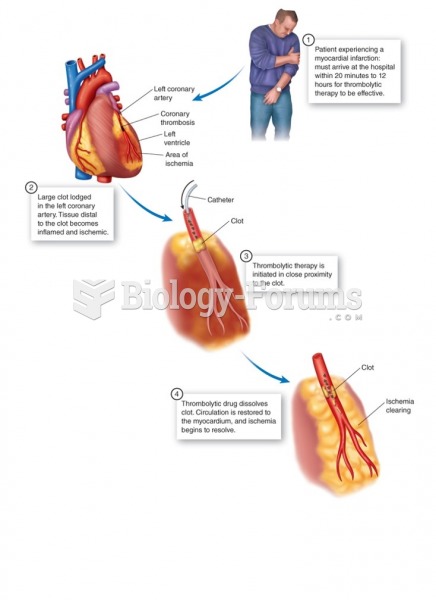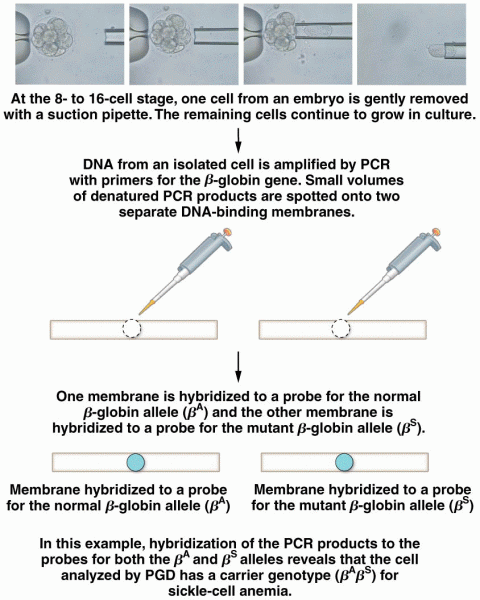|
|
|
More than 34,000 trademarked medication names and more than 10,000 generic medication names are in use in the United States.
Although the Roman numeral for the number 4 has always been taught to have been "IV," according to historians, the ancient Romans probably used "IIII" most of the time. This is partially backed up by the fact that early grandfather clocks displayed IIII for the number 4 instead of IV. Early clockmakers apparently thought that the IIII balanced out the VIII (used for the number 8) on the clock face and that it just looked better.
In ancient Rome, many of the richer people in the population had lead-induced gout. The reason for this is unclear. Lead poisoning has also been linked to madness.
Women are 50% to 75% more likely than men to experience an adverse drug reaction.
Cancer has been around as long as humankind, but only in the second half of the twentieth century did the number of cancer cases explode.







